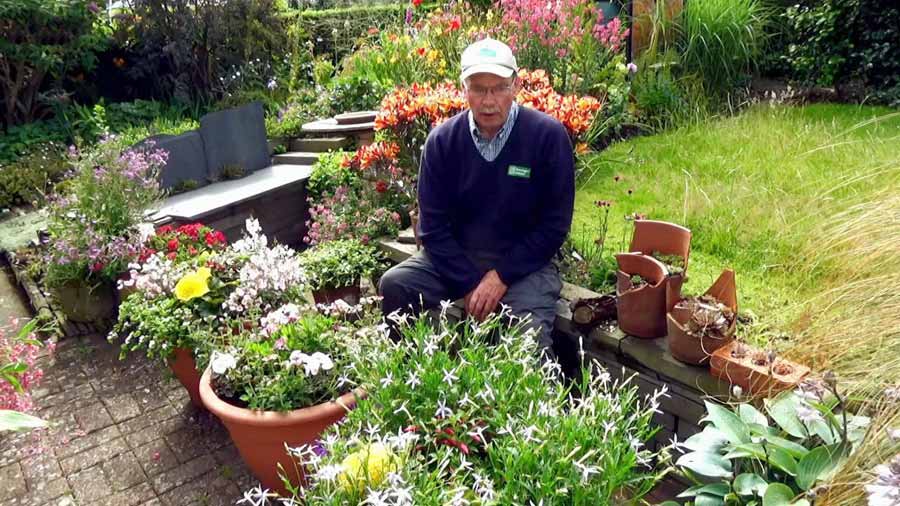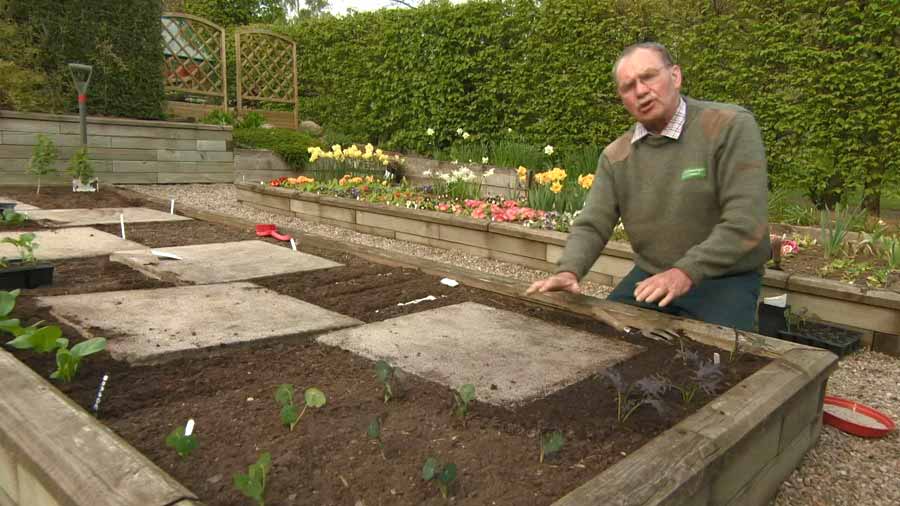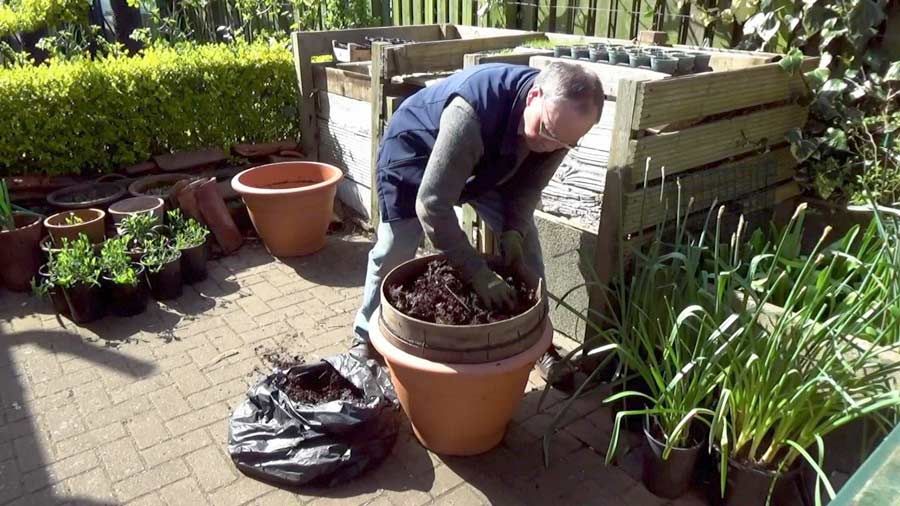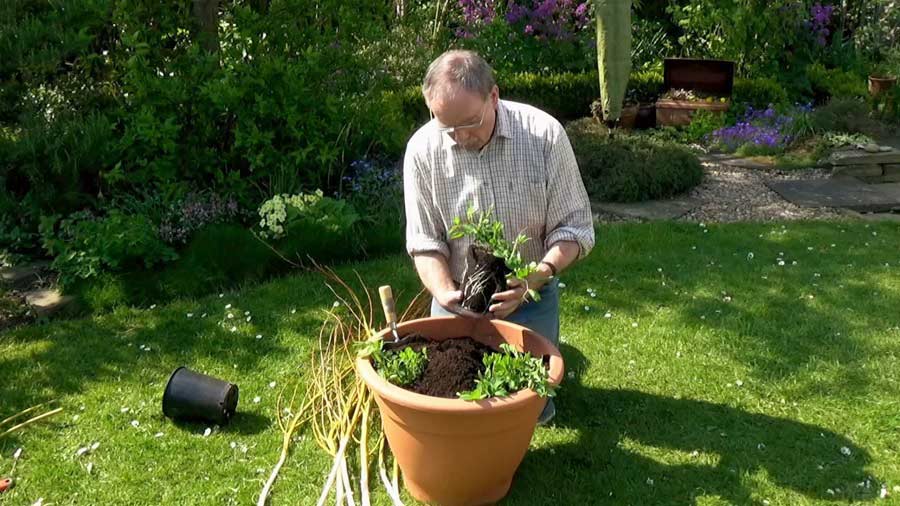The Beechgrove Garden episode 15 2020: Carole and Kirsty go exotic with bamboos and aeoniums. In contrast, Sophie gives an update from her Aberdeen allotment, while George discusses the art of getting watering right.
Beechgrove is a hardy annual TV gardening series which sets out to deal with, glory in and celebrate Scottish horticulture and growing conditions. Beechgrove is and always has been a firmly practical, get-your-hands-dirty gardening programme which delights in success but also learns from failures in the garden and never takes itself too seriously.
The Beechgrove Garden episode 15 2020
Bamboo
Bamboos are very desirable garden plants. They can make large clumps that are ideal as focal points or for adding structure to borders. They can look unsightly if left to grow unhindered, and may become invasive. But keeping plants under control and attractive is easy with some simple routine maintenance.
Bamboos thrive in moist, but well-drained soil in a sheltered, sunny spot. They tolerate most soil types, but some, such as Shibatea, require acid soil or ericaceous potting compost. Bamboo will grow in poor soils, but not in constant wet, boggy or extremely dry conditions.
Plant in spring so that energy stored in the bamboo’s rhizomes is used to produce strong, new canes in summer. These rhizomes then produce roots before the plant becomes dormant from autumn to spring. Before planting, dig in well-rotted garden compost or manure to raise the organic content of the soil. This will also improve its ability to hold moisture.
Aeonium
Aeonium, the tree houseleeks, is a genus of about 35 species of succulent, subtropical plants of the family Crassulaceae. Many species are popular in horticulture. The genus name comes from the ancient Greek “aionos” (ageless). While most of them are native to the Canary Islands, some are found in Madeira, Morocco, and in East Africa (for example in the Semien Mountains of Ethiopia).
The succulent leaves are typically arranged on a basal stem, in a dense, spreading rosette. A feature which distinguishes this genus from many of its relatives is the manner in which the flowers bear free petals, and are divided into 6 or 12 sections. Each rosette produces a central inflorescence only once, and then dies back (though it will usually branch or offset to produce ensuing rosettes).
Low-growing Aeonium species are A. tabuliforme and A. smithii; large species include A. arboreum, A. valverdense and A. holochrysum. They are related to the genera Sempervivum, Aichryson and Monanthes, as can be seen by their similar flower and inflorescences. Recently, the genus Greenovia has been placed within Aeonium.
Hedges – trimming
Established hedges require trimming to keep them dense and compact. Formal hedges require more frequent trimming than informal hedges. New hedges require formative pruning for their first couple of years after planting. Formative pruning is usually carried out in winter or early spring.
After this, maintenance trimming is carried out, usually once a year for informal hedges and twice a year for formal hedges. Some formal hedges may need three cuts a year. Maintenance trimming is generally carried out between spring and summer. Timing of pruning should take into account the potential for nesting birds (see ‘Problems’ section below) and be delayed until after the nesting season – considered to run from March to August – if there are any signs that indicate activity.





Pingback: The Beechgrove Garden episode 20 2020 — HDclump